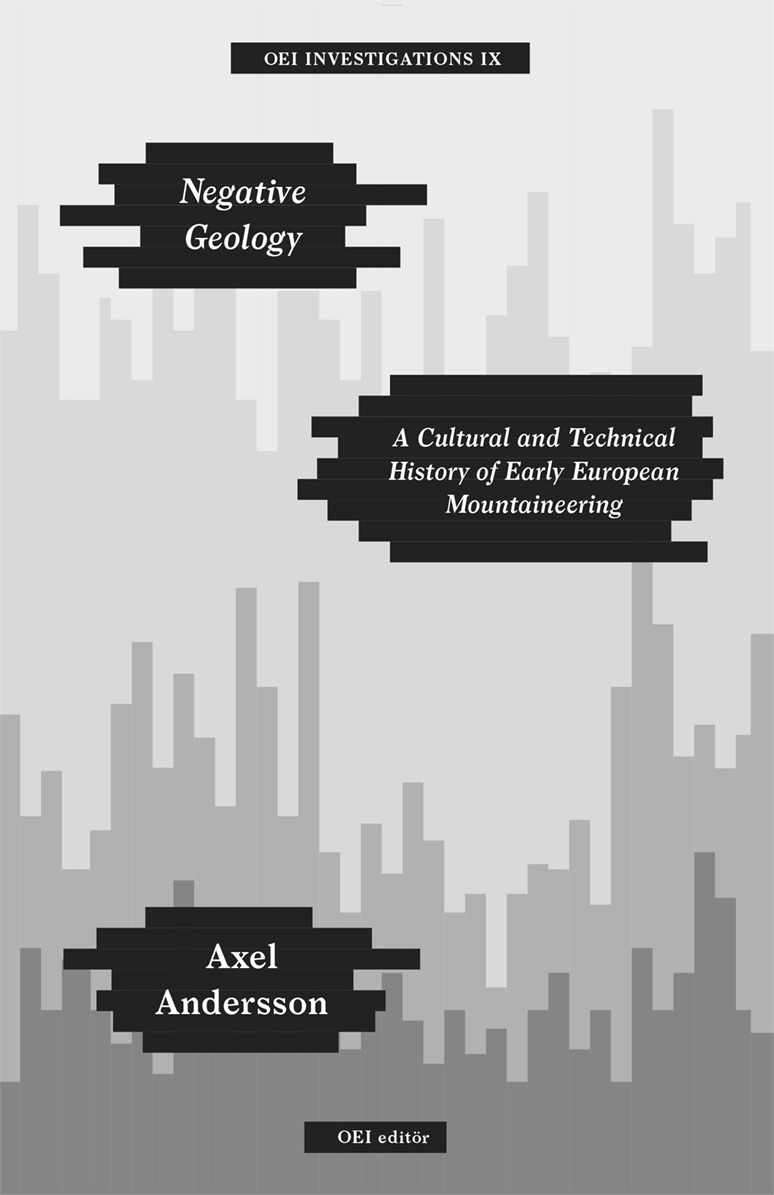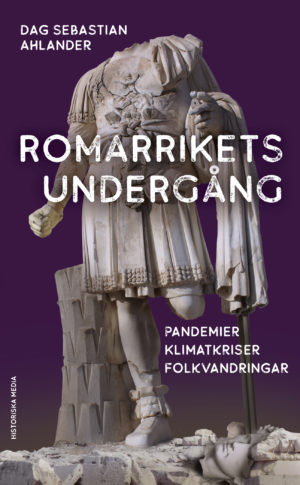“Mountains mesmerise. Mediated by painters, writers and thinkers, or viewed in person: rock and voluminous air tend to exercise an unsettling pull.”
Negative Geology: A Cultural and Technical History of Early European Mountaineering traces the interconnect ed developments in literature, visual arts, philosophy and technics contributing to the continent’s intense interest in mountains. It searches for the early phases of a movement in which peaks became places of both ecstatic engagement and spiritual detachment in the mountaineering before Romanticism. Mountains were shaped into privileged sites of modernity by experiments with infrastructure and instruments occurring alongside aesthetic, political, religious, and scientific upheavals.
“To depart
earlier, is [Negative Geology’s] most pressing suggestion—just like the mountaineer who sets off at the crack of dawn.”
Swedish historian and critic Axel Andersson writes about nature, colonialism and art. His recent books include
Den koloniala simskolan,
Atlantvärlden and
Absolut farmakon.







